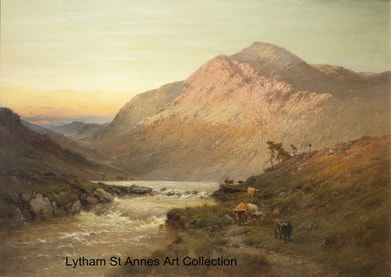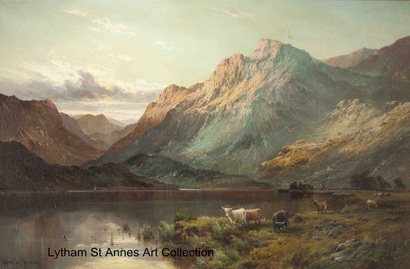Lochnagar
|
Research by Pat Corless
Acc No 5 Artist Alfred de Breanski Snr Artist Dates 1852-1928 Medium oil on canvas Size 61 x 91.4 cm (24 x 36 in) Dated painted unknown Inscr: signed Donor Alderman J H Dawson Dated donated 26 July 1948 Note: On frame LOCH-NA-GARR, SCOTLAND Alfred de Breanski R.B.A. Acc No 73 Artist Alfred de Breanski Snr Artist dates 1852-1928 Medium oil on canvas Size 76.2 x 122 cm (30 x 48 in) Date painted unknown Inscr: signed (L.L.) Donor Alderman J H Dawson Date donated 25 September 1950 Note: On frame LOCH NAGAR N.B. (N.B. stands for Northern Britain which refers to C19 description of Scotland) |


